September 24, 2025
Infection rates for what are being termed “nightmare bacteria” have spiked dramatically in the United States over the past few years, raising red flags among health experts. A recent CDC report shows almost 70% increase in infections from 2019 to 2023, driven largely by bacteria carrying the NDM gene, which renders them resistant to many antibiotics—including some of the “last-resort” drugs.
What Are These Bacteria?
These bacteria fall under the group called carbapenem-resistant Enterobacterales (CRE). The NDM (New Delhi metallo-β-lactamase) gene is especially concerning because it gives bacteria the ability to neutralize carbapenems—among the strongest antibiotics doctors rely on when other treatments fail. The result is a class of infections very difficult to treat, often requiring expensive, intravenous-only antibiotic therapies.
Key Numbers & Trends
- In 2023, about 4,341 CRE infections were reported across 29 states, with 1,831 of those having the NDM gene.
- The rate of CRE infections rose from just under 2 per 100,000 people in 2019 to a bit over 3 per 100,000 by 2023—approximately a 69% increase.
- Even more striking: NDM-gene infections jumped nearly 460%, rising from about 0.25 per 100,000 in 2019 to about 1.35 per 100,000 in 2023.
Why the Rise?
Several factors are likely contributing:
- Overuse and misuse of antibiotics, particularly during the COVID-19 pandemic when many patients received antibiotics “just in case,” even though the disease is viral.
- Incomplete treatment courses – when prescriptions aren’t finished, bacteria can survive and develop resistance.
- Incomplete reporting and surveillance – many states do not conduct the detailed testing required, nor fully report cases. Some of the most populous states are missing from the CDC dataset, meaning the real numbers are likely higher than officially recorded.
Why This Matters
- Even seemingly ordinary infections like urinary tract infections or wound infections may become much harder to treat if NDM bacteria spread widely.
- Hospitals and clinics may face greater challenges in containment and treatment as options dwindle.
- Patients in vulnerable populations—elderly, immunocompromised, or those with chronic conditions—are at heightened risk.
Responses & What Can Be Done
Health experts and officials are urging:
- Improved surveillance and more comprehensive reporting from all states.
- Stricter antibiotic stewardship—meaning doctors and patients should use antibiotics only when needed, and follow full treatment courses exactly.
- Investment in rapid diagnostics so infections can be identified quickly, enabling proper treatment.
- Research into new antibiotics or treatments that can work against bacteria with NDM and similar resistance mechanisms.
Bottom Line
What’s happening with the “nightmare bacteria” is more than a medical curiosity—it’s a growing public health threat. The rapid increase in cases, particularly NDM-gene infections, suggests that some of our strongest defenses against severe bacterial disease could be weakening. Without action—on surveillance, treatment, and diagnostics—common infections might no longer be reliably treatable.

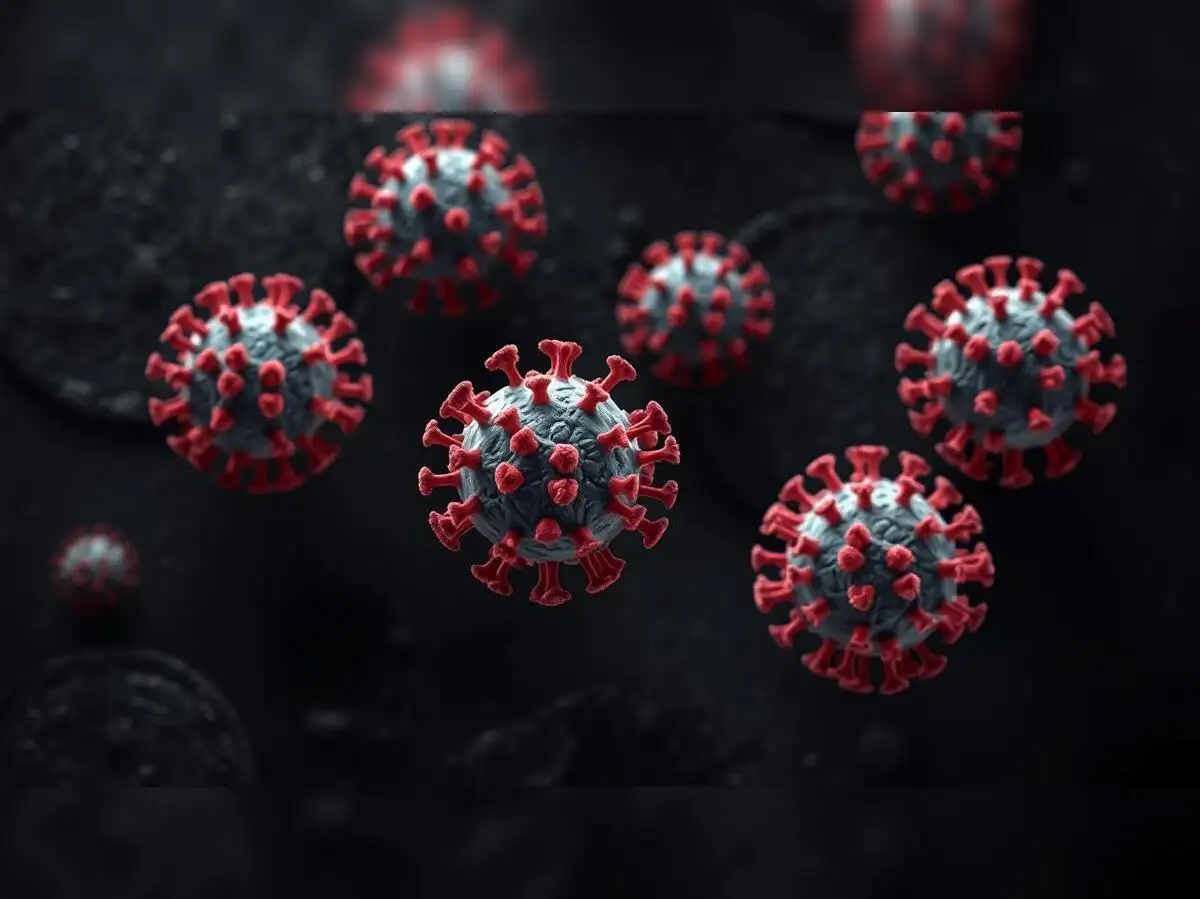



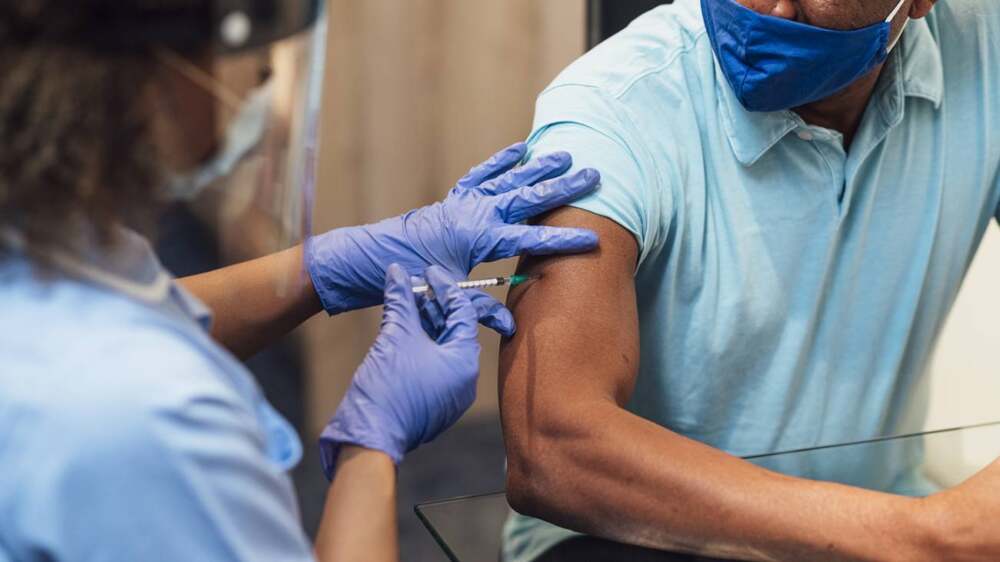
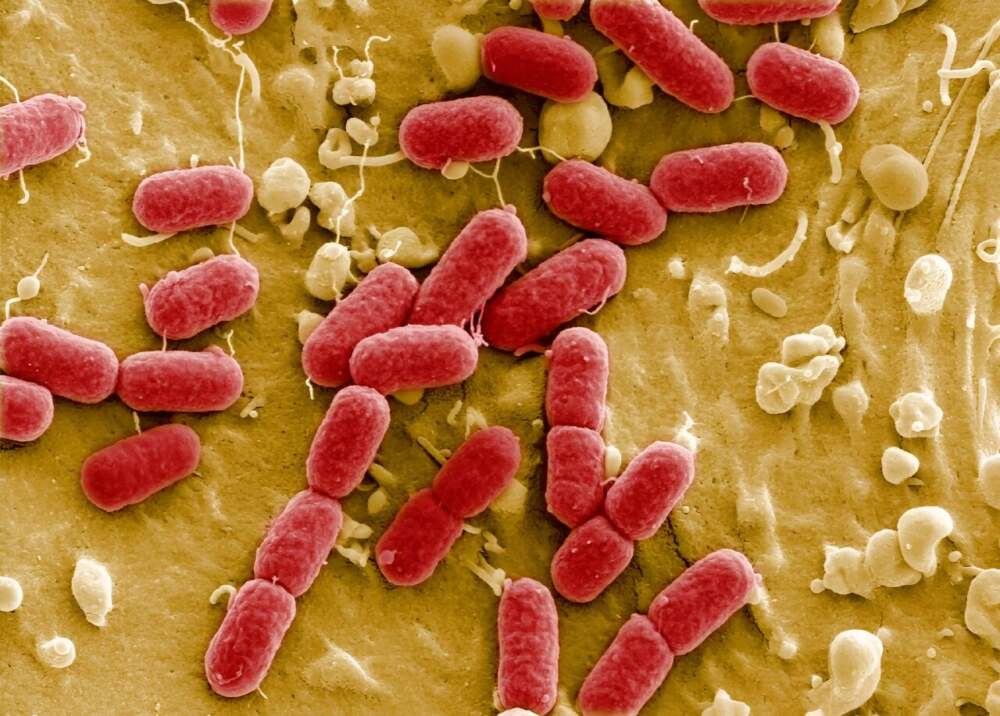
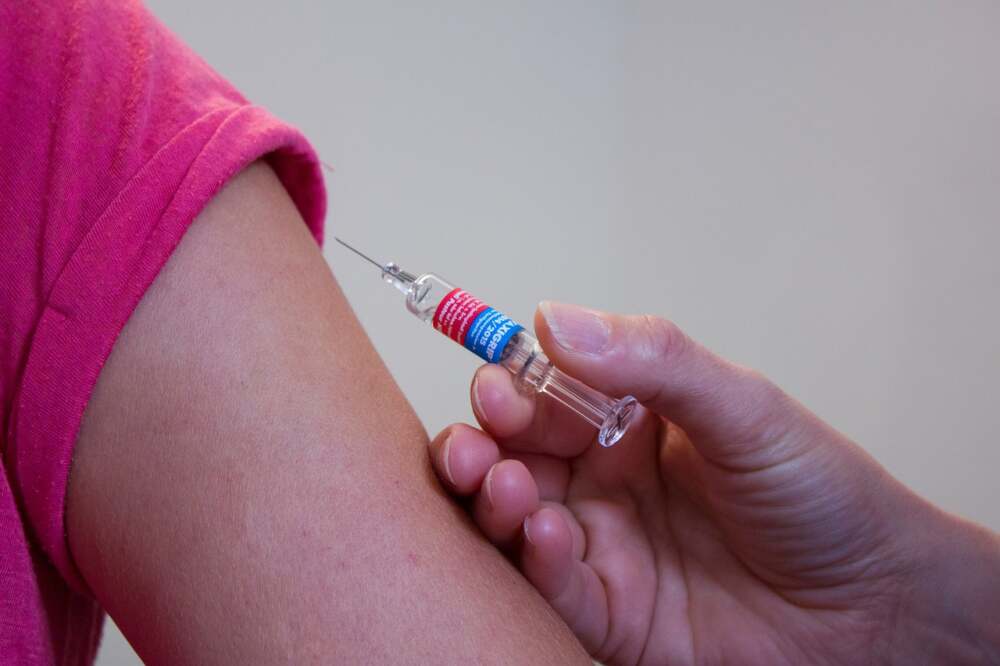


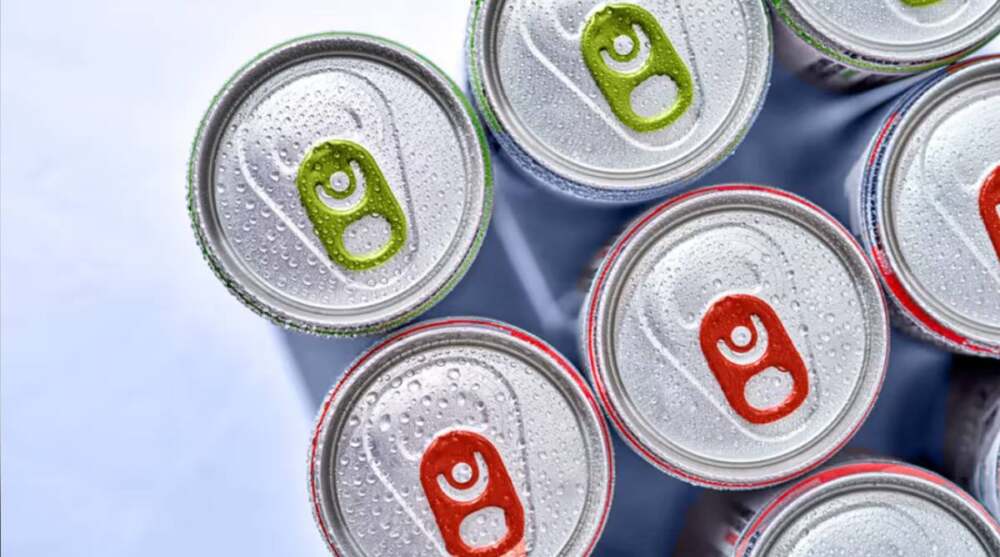
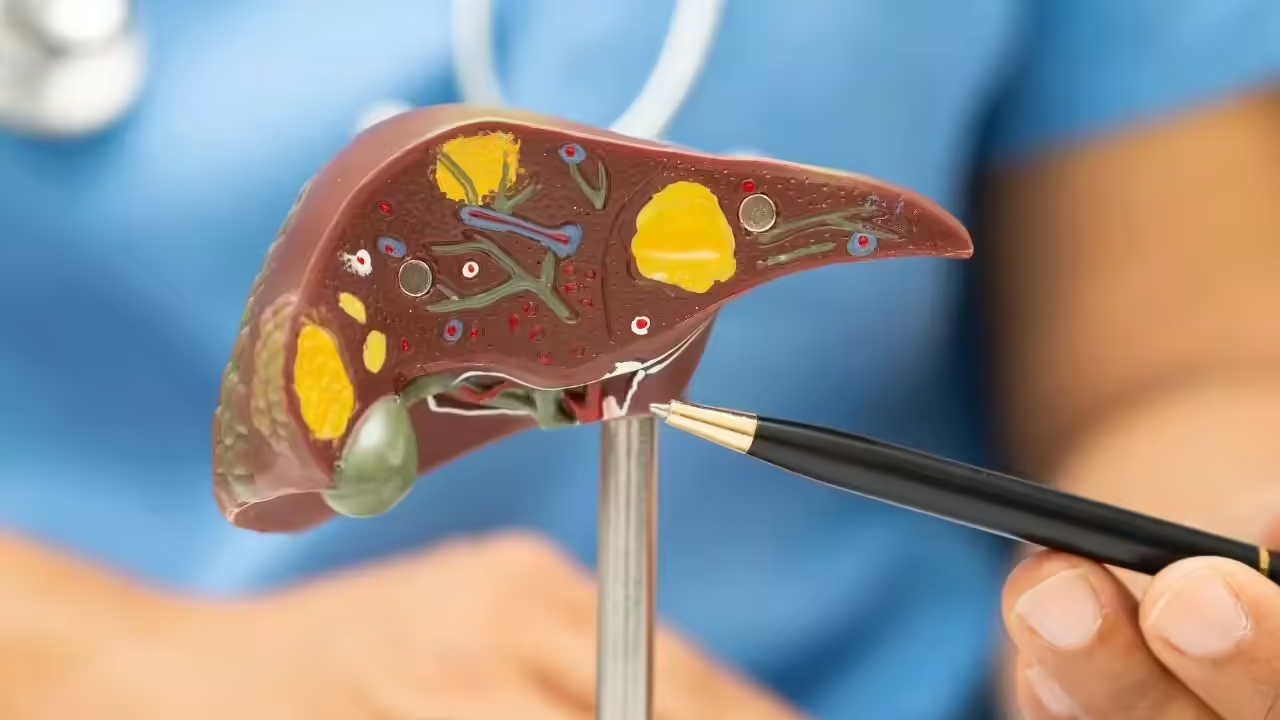




Leave a Reply